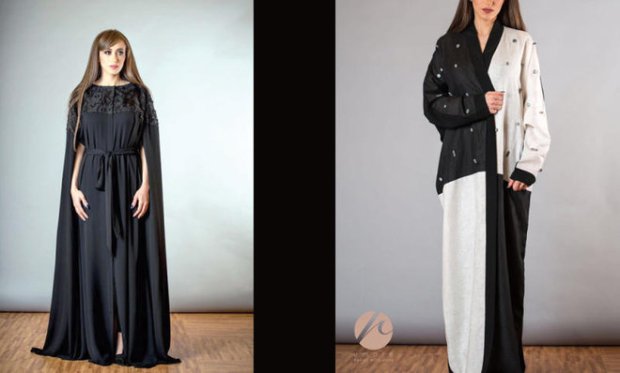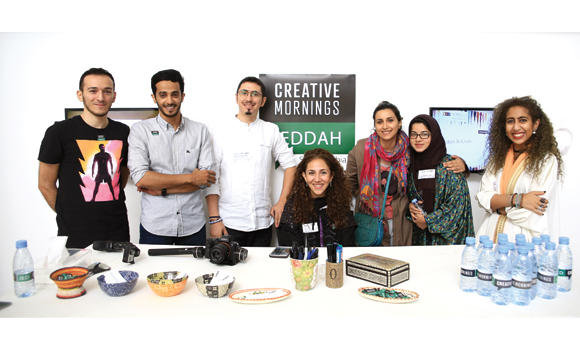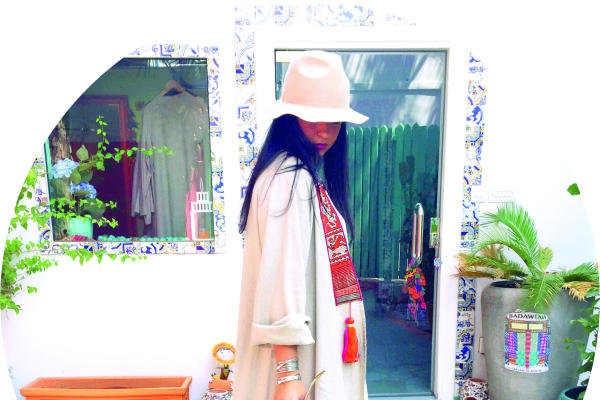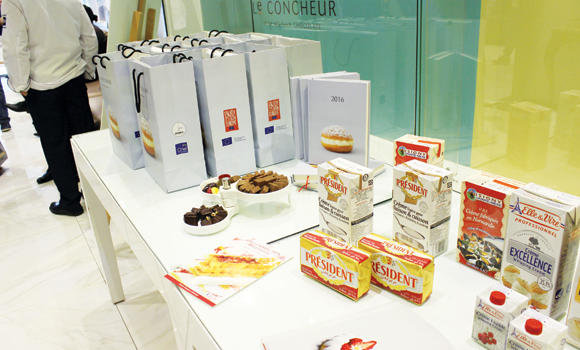
It’s never too late to follow your dreams. This was proved by Amal ben Hemd, a Saudi fashion designer and founder of Umore Collections, who after initially having a career in interior design, followed her passion in fashion design to create exclusive abayas and kaftans.
After graduating in interior design from Canada in 2000, Amal returned to Saudi Arabia to pursue a career in the same field, but destiny had planned something else for her. She felt a force like gravity pulling her toward fashion, and by taking baby steps into the fashion industry, she launched her own brand.
Read on to learn more about her journey as she shares the fascinating story behind her brave decision to switch careers, starting out in the fashion world, inspirations and much more:
How and why did you make the transition from being an interior designer to a fashion designer?
I worked as a freelance interior designer for almost five years. While doing that, I used to design abayas for myself and gradually started designing for my family members. I had an idea about abaya fashion but little did I know that it would lead to starting my own line. I don’t know what exactly gave me the fire to give it a go. I guess it was my passion to design abayas and thee popularity of my designs that made me switch my career.
I didn’t let fear rule me, instead I decided to put one foot in front of the other and pursued my dream of being a fashion designer. This clear vision is something has helped me.
Are you self-taught or did you study fashion design?
Since my major is in interior designing, I have basic knowledge about designs and patterns. Moreover, my passion for creativity led me to be a capable self-taught fashion designer. However, to be more professional I am currently doing a diploma course in fashion designing and believe that after completing it, I can do more and be much bigger than I am now.
Tell us about your collections.
In 2006, I launched my first abaya collection under Umore. It’s a more casual take on regular abayas using very simple and light materials. Gradually, when Umore became known among women, it allowed me to expand my scope as a designer and encouraged me to add kaftans to my creations in 2009. All my pieces are a blend of Saudi ethnic and modern styles and are available at affordable prices. The fabrics used for all my collections are from different countries that I travel to.
How would you describe your brand and design aesthetic?
My brand targets customers of all ages, be it a teenager or an old lady. My creations are designed with a little bit of twist. I work with fabrics depending on the seasons, if it’s summer, I go with light pastel colors and comfortable materials such as cotton, while in winter, I use thick and heavy-weight linen fabric.
Basically, I like to take something simple and ordinary and glam it up. I see both my creations (abayas and kaftans) as functional, I try to design them in such a way that is stylish, modern, smart and current, and can be worn every day.
The abaya industry in recent years has taken giant leaps and it has become very competitive. How do you maintain your competitive edge and what is it like being in the industry for these many years?
It’s been an amazing long journey in the fashion industry. Personally I don’t believe in competition. Each and every designer has his/her own signature touch, style, personality and vision in their designs.
Umore collection has its own unique style and can be distinguished from other brands. Besides, I love to be around creative people who are also very involved in the business aspect of the fashion world. I think people assume that this industry is filled with a lot of competition and grudges, but that’s certainly not true. One of the things I value most about this industry is that everyone works long hours and is really artistic at what they do. Moreover, I like to be challenged as it helps me to keep going forward. I believe, if you put in the hard work, people will notice and appreciate it.
Do you think your abaya collections have become more attractive to people?
Yes, I think so. People these days love to wear different styles of abayas and I see that they are opening up to new designs than they did 10 years ago.
How has your work progressed since you began your label?
The evolution I see in my work is that I have gotten progressively closer to the essence of the Saudi style yet at the same time made it gradually appealing to a contemporary audience. Besides, I have presented my collections both nationally and internationally in several exhibitions and bazaars and managed to receive good feedback from the audiences. I am working on creating haute couture for my brand in the future.

What advice would you give to young designers?
I didn’t stop myself from turning my passion into a career and the outcome has been great. So my advice would be to follow your passion and when you have the willingness to do something, don’t think too much, just go ahead with it. If you truly love something, go out there and do it!



















You must be logged in to post a comment.